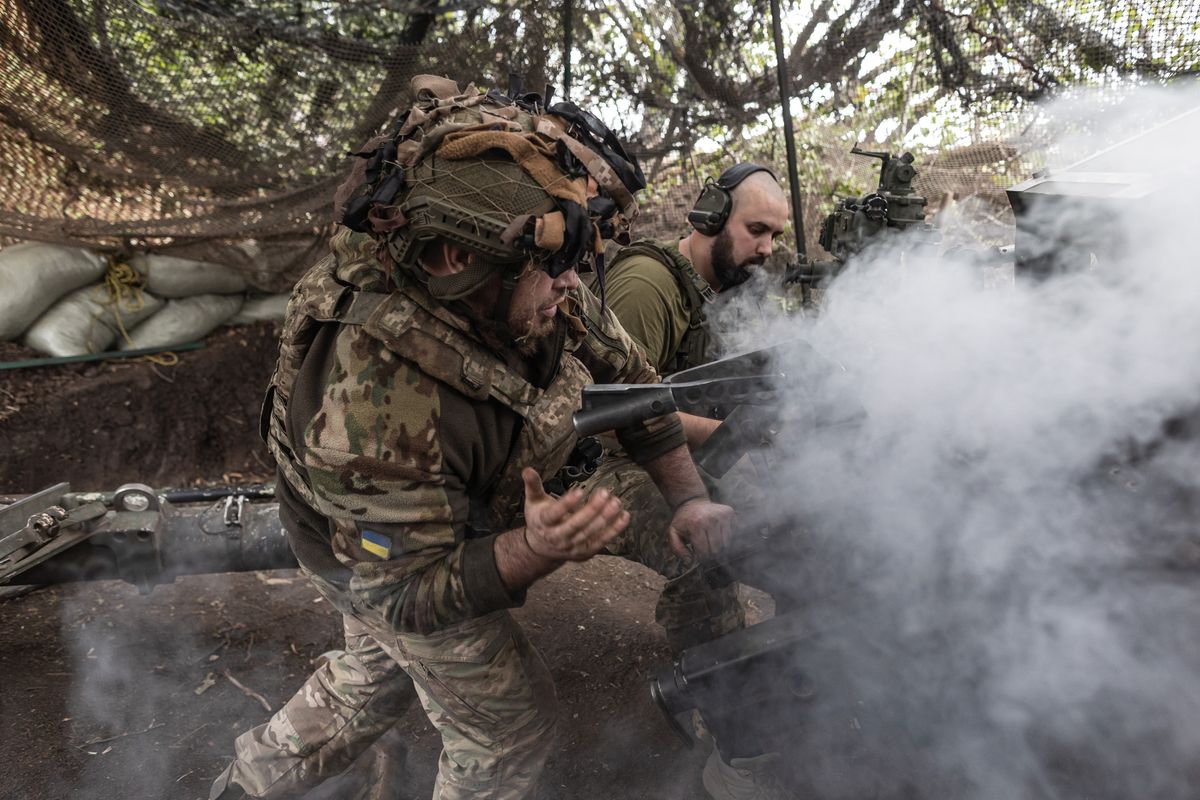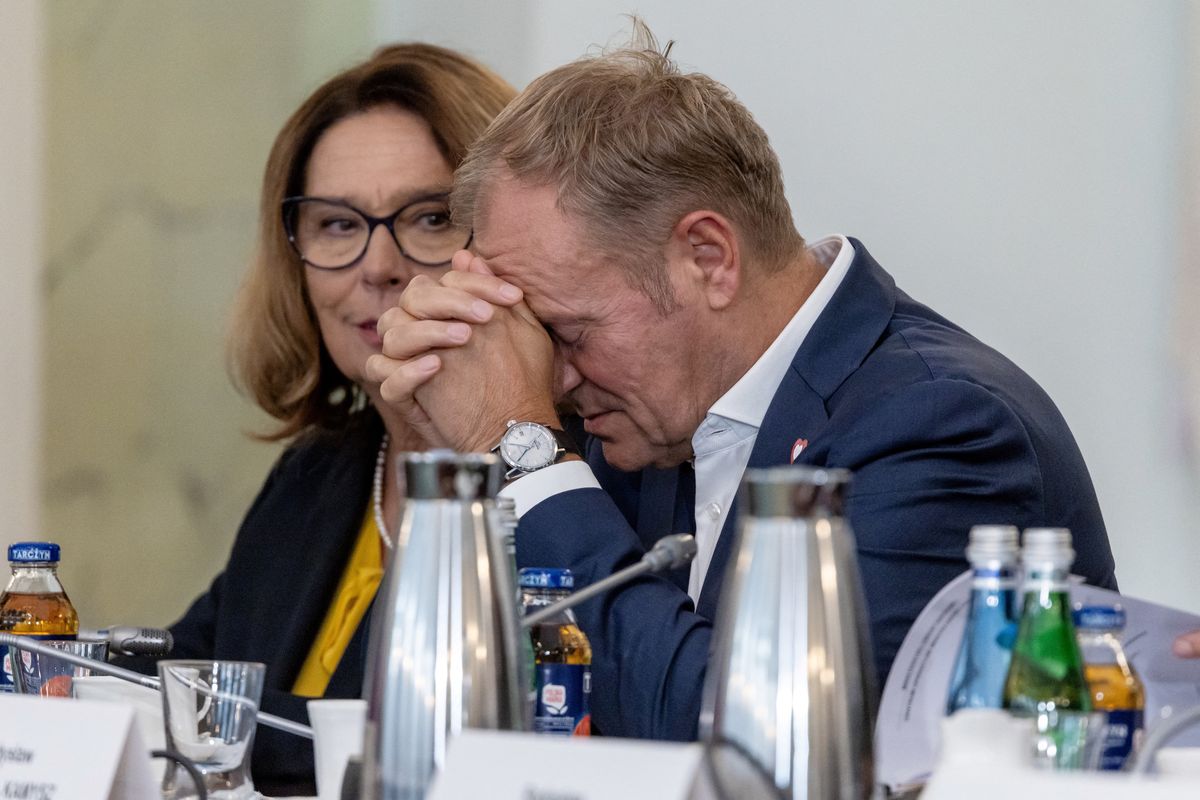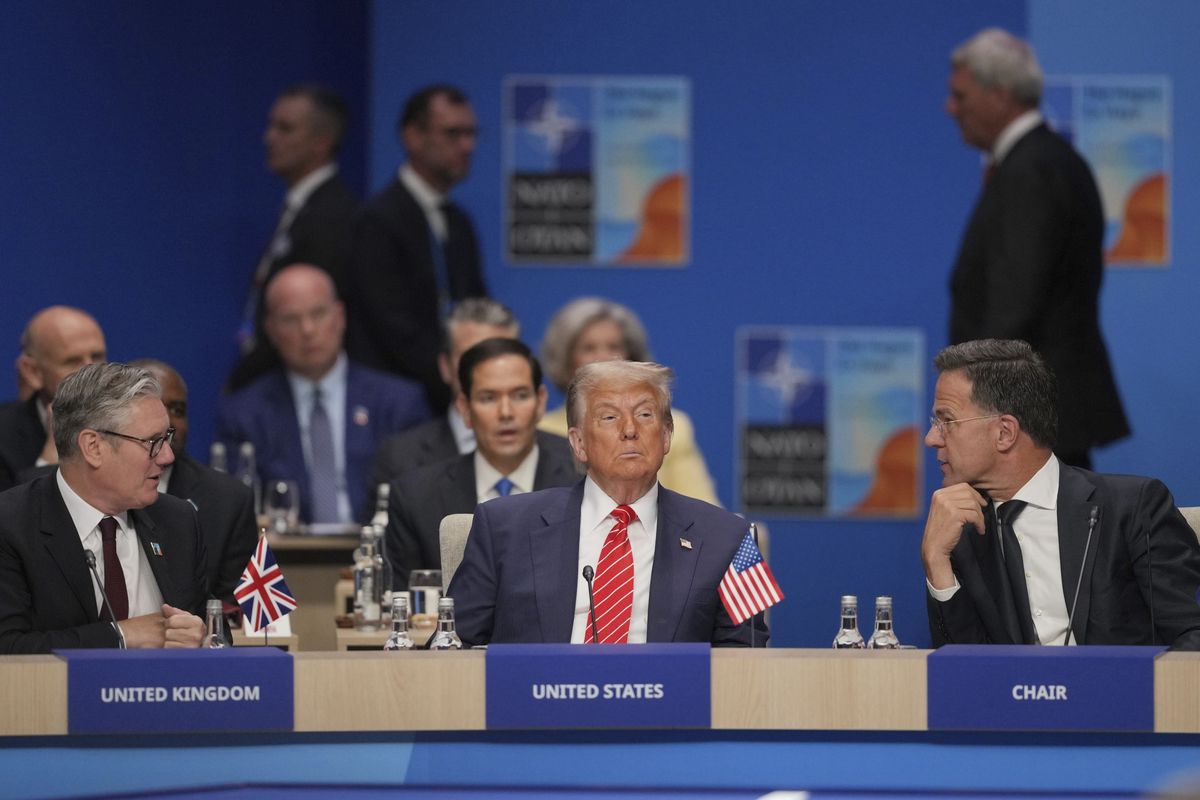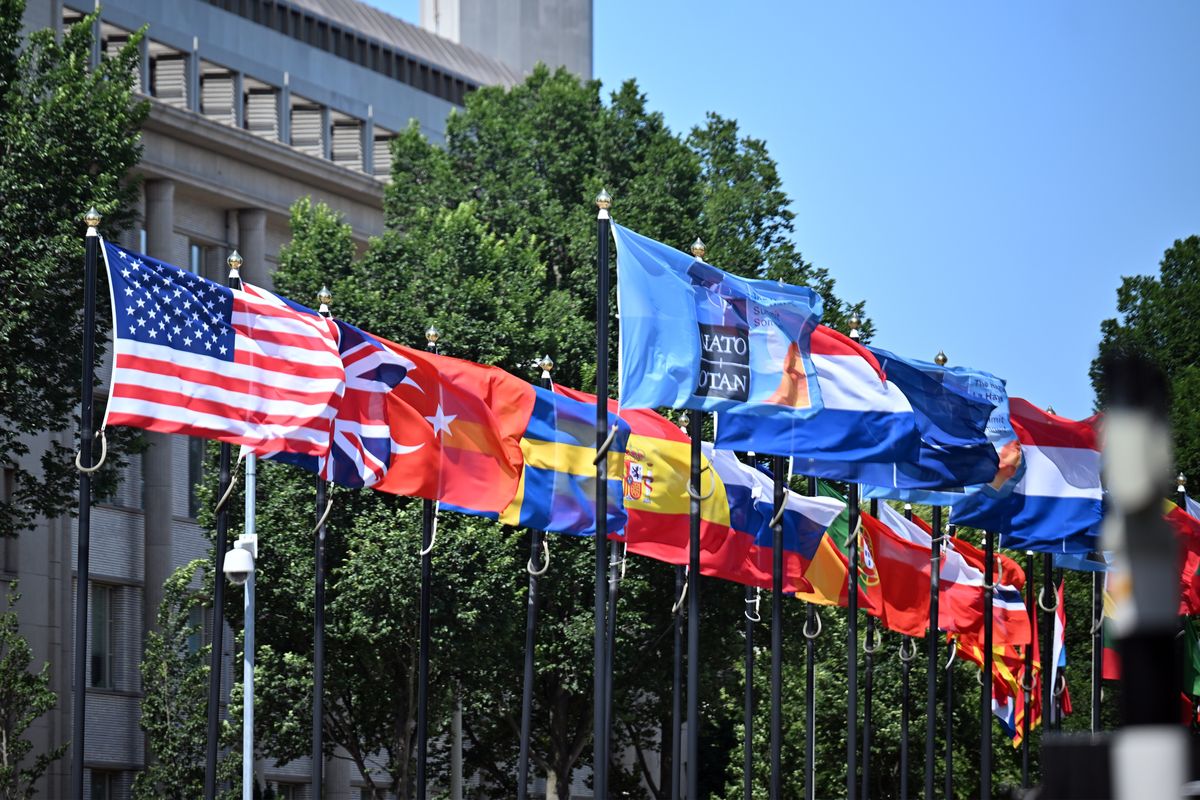The Baltics are standing at attention when it comes to defense. By 2018, Estonia, Latvia, and Lithuania are all set to spend at least 2 percent of GDP on defense – the NATO defense spending goal agreed to by all members as requisite for equal and sufficient contribution to the transatlantic security alliance.
Estonia already exceeds that mark, spending an estimated 2.16 percent of GDP on defense last year.
Latvia’s defense budget grew by 40 percent from 2015 to 2016, hitting 368 million EUR. According to the Latvian Ministry of Defense, the budget is expected to grow by 22 percent this year, reaching 450 million EUR, or 1.7 percent of GDP. Moreover, the country’s parliament passed the Law on Medium-Term Budget Framework for 2016-2018, which guarantees Latvia will hit the 2 percent mark by 2018.
In Lithuania, a similar situation is playing out, with parliament approving a measure to designate at least 2 percent of GDP for defense.
The three nations are also growing and strengthening their home-front forces. In September 2015, Reuters reported that Estonia’s defense league, the Kaitseliit, had grown 10 percent to nearly 16,000 soldiers since the Russian annexation of Crimea a year earlier.
Latvia’s National Guard, which has around 9,000 members, has received additional resources following Russia’s activities in 2014. The Ministry of Defense tells The Cipher Brief these resources are going toward “augmenting personnel, additional exercises and extra procurements of individual and collective equipment.” Latvia also increased the number of professional soldiers by 500 last year and plans to have 1,000 additional soldiers by 2018, says Latvian State Secretary of Defense Jānis Garisons.
The Lithuanian government recently reinstated conscription to build its reserve forces. Lithuanian Ambassador to the U.S. Rolandas Kriščiūnas tells The Cipher Brief that every year, around 3,000 conscripts are placed into the reserves, and there are “even discussions at a very preliminary stage to maybe come to general conscription … everyone doing some service.”
On top of all of this, the Baltics are plowing ahead with equipment upgrades. Estonia and Latvia recently engaged in a joint radar procurement. Latvia also signed a contract with Lockheed Martin for radar to cover low-level flights, the first of which will be received this year, according to Garisons. “We already finished the system of long-range radars, also from Lockheed Martin,” he notes. Armored vehicles and artillery systems are on Latvia’s procurement list as well. All three Baltic states have also coordinated on joint procurement of munitions.
As each nation improves its individual capabilities, NATO is providing reinforcements as well. This year, NATO battalions will deploy to each of the countries – a UK-led force in Estonia, a Canada-led one in Latvia, and a Germany-led one in Lithuania.
The troops are meant to act as a deterrence against Russia. The U.S. is sending a battalion to Poland in the same vein.
Indeed, an aggressive Russia is one of the leading reasons why the Baltic states are placing more emphasis on defense. According to Latvia’s Ministry of Defense, “Aggression in Ukraine has highlighted the challenge posed by Russia to the rest of the Alliance, but for Latvia, Lithuania and Estonia, as well as other countries bordering Russia, continuous attempts by Russia to target internal stability by use of financial, media, political and various other hybrid warfare tools was nothing new. Russia’s readiness to use military tools to achieve its strategic goals, as demonstrated by its actions in Ukraine and Georgia, has given this challenge a military dimension.” It is Russia’s willingness to use force that has the Baltics spooked.
Still, Baltic government officials explain to The Cipher Brief that heightened defense measures are not all about Russia. Rather, since joining NATO, it has been the goal to increase defense spending to 2 percent of GDP and to adhere to NATO’s Article 3, which says that member states must do all they can to meet their own defense needs. An economic crisis in 2008 and 2009 greatly depleted government – and, in particular, defense – coffers. But after years of recovery, the Baltics are now able to contribute more money to the NATO spending target.
Cyber is another area of intensified focus for the Baltics. NATO’s Cooperative Cyber Defense Centre of Excellence based in Tallinn, Estonia, a country that faced one of Russia’s first cyber invasions back in 2007, is leading the world in cyber warfare strategy and law. The Tallinn Manual 2.0 – regarded by cybersecurity experts as the playbook on cyber defense – will be up and running soon.
In Latvia, in addition to the Ministry of Defense’s cyber management units, there is a national guard cyber unit composed of volunteers from private companies who are trained to work as reinforcement in the case of a significant cyber crisis.
The United States is also involved in bolstering Baltic defense. For example, the U.S. and Estonia signed a bilateral defense cooperation agreement this month that will more thoroughly regulate the status of U.S. forces in Estonia, as well as U.S. contractors who live in Estonia. U.S. Ambassador to Estonia James Melville described the deal as a major step for enhanced defense and security cooperation within NATO and bilaterally.
The Baltic countries have never doubted U.S. commitment to the region or to NATO, Garisons and Kriščiūnas tell The Cipher Brief – even with President Donald Trump’s remarks that seemingly throw into question NATO’s Article 5 collective defense clause.
Kriščiūnas comments, “As the new American President steps into the office and I imagine demands that we all need to contribute 2 percent [of GDP to defense spending], I could not agree more. If everyone contributes 2 percent, it will make NATO stronger, not weaker.”
“We believe in U.S. leadership,” remarks Garisons.
Kaitlin Lavinder is a reporter at The Cipher Brief. Follow her on Twitter @KaitLavinder.












